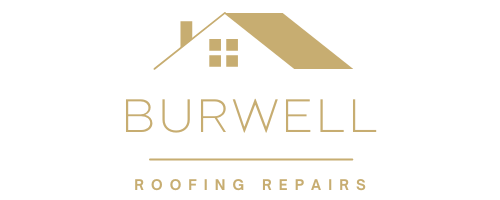Introduction
Your chimney may not be the first part of your home you think about when it comes to roof care, but it plays a major role in both structure and safety. Over time, exposure to the elements—especially in areas like Burwell, Cambridgeshire—can cause chimneys to develop cracks that, if left unchecked, lead to bigger issues.
At Burwell Roofing Repairs, we’ve helped many homeowners identify and address chimney damage before it gets out of hand. In this article, we’ll guide you through the most common signs your chimney might be cracking, and explain why swift action is so important.
Why Chimney Cracks Shouldn’t Be Ignored
More than just cosmetic damage
Chimney cracks are often underestimated. While small hairline fissures may seem harmless, they can lead to:
- Water infiltration
- Structural weakening
- Heat or smoke leakage
- Pest infestation
The freeze-thaw cycle in colder months can make these cracks worse, as water enters, freezes, and expands—widening the damage each time.
Visible Hairline Cracks in the Brickwork
A sign that weathering is taking a toll
Take a close look at the bricks and mortar. Do you see tiny, spiderweb-like cracks forming? These can be early indicators of wear. Over time, rain and temperature changes cause expansion and contraction in the chimney materials, leading to stress fractures.
If you’re spotting these across the chimney surface, it may be time to have an inspection by professionals like Burwell Roofing Repairs.
Cracked or Missing Mortar Joints
The glue holding your chimney together is failing
Mortar joints act as the binding agent between chimney bricks. When they start to degrade:
- Gaps form between bricks
- Stability decreases
- Moisture gets in and accelerates deterioration
Repointing—the process of replacing damaged mortar—is a key service that can restore strength to your chimney and prevent further cracking.
Flaking or Spalling Bricks
A sign of moisture damage from within
Spalling is when bricks begin to chip, flake, or even crumble. It’s often caused by moisture that has penetrated the masonry, then expanded during freezing weather.
You might notice:
- Bits of brick on the ground near your chimney
- A rough, flaky texture on the surface
- Gaps or dents forming in the structure
This is usually a later-stage sign and requires immediate repair.
Damp Patches or Staining Indoors
The hidden signal your chimney is leaking
Water stains or damp marks on your walls or ceiling near the chimney breast are clear indicators that something is wrong. Moisture could be entering through cracked masonry or failed flashing (the protective material around the base of the chimney).
Left unaddressed, this could lead to:
- Mould growth
- Ceiling damage
- Weakened structural supports
Burwell Roofing Repairs can assess both internal and external factors to identify the exact source.
Loose or Missing Chimney Pots or Flashing
When fittings shift, cracks often follow
If your chimney pot appears crooked or loose, or if metal flashing has lifted or rusted, water and wind can begin to compromise the chimney’s integrity. Over time, this leads to cracks and even partial collapse in more severe cases.
You should also check for:
- Rattling sounds during wind
- Gaps around flashing or cement fillets
- Rust staining near the chimney base
Bulging or Leaning Structure
A major red flag you shouldn’t ignore
In more advanced cases, the chimney stack itself may begin to lean or bulge outward. This often means deep structural cracking or failure in the underlying materials.
This is a serious risk, not just to your roof but to anyone below. Emergency assessment and reinforcement may be needed urgently to prevent collapse.
What You Can Do About It
- Schedule regular roof and chimney inspections, especially before winter
- Don’t ignore small cracks—treat them early
- Clear debris from the roof to reduce water retention near the chimney
- Ensure gutters and downpipes are functioning properly
At Burwell Roofing Repairs, we provide detailed inspections and expert chimney repairs, including repointing, flashing repair, and brickwork replacement.
Conclusion
A cracked chimney might not announce itself loudly, but the consequences of ignoring it can be costly. Whether it’s subtle hairline fissures or more dramatic leaning or spalling, spotting these signs early gives you a chance to act before real damage occurs.
If you’re in Burwell or surrounding areas and have noticed any of the issues we’ve described, get in touch with Burwell Roofing Repairs. We’ll ensure your chimney remains safe, stable, and weather-ready for years to come.
Call us on: 01638 599 990
Click here to find out more about Burwell Roofing Repairs
Click here to complete our contact form and see how we can help with your roofing needs.

